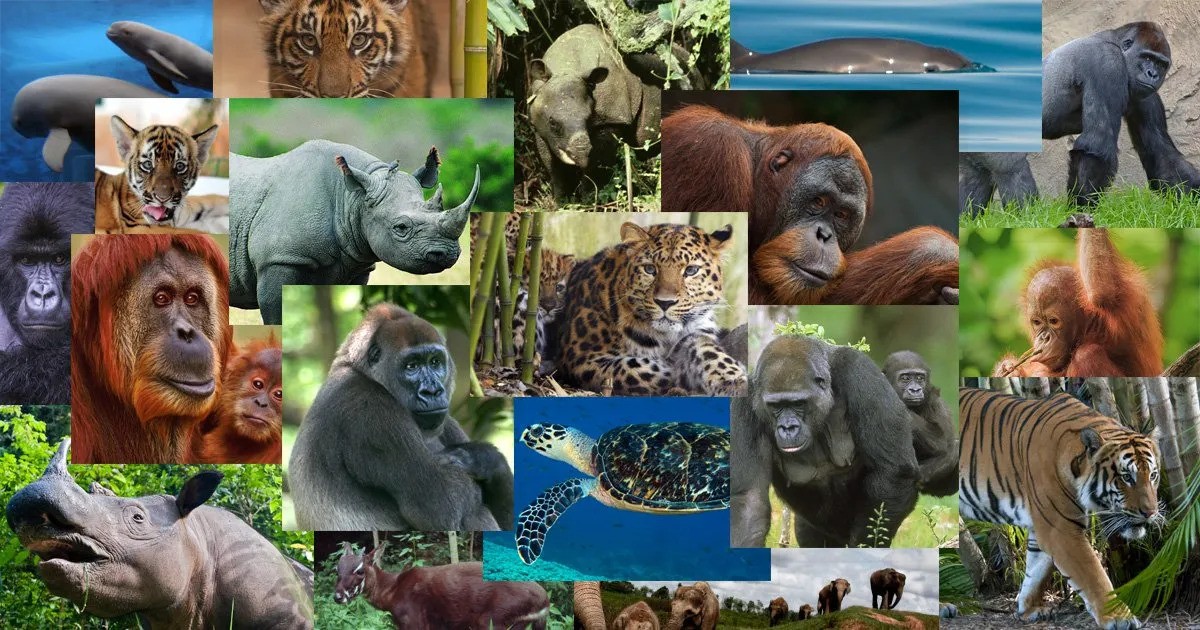Have you ever wondered what animals are saying to each other? In the vast tapestry of the natural world, communication plays a vital role in the survival and success of countless species. While we humans often take our sophisticated language abilities for granted, the forms of communication found in the animal kingdom are equally fascinating, diverse, and essential for their own respective ecosystems Katze.
From the melodious songs of birds to the intricate dances of bees, from the powerful roars of lions to the subtle pheromones of insects, animal communication takes many forms, each tailored to the unique needs and challenges of its species. As researchers delve deeper into this complex subject, they continue to uncover new insights into the rich and diverse languages of the animal kingdom.
The Diversity of Animal Communication
One of the most striking aspects of animal communication is its incredible diversity. Different species have evolved a wide array of methods to convey information to one another, often relying on senses and signals that are far removed from our own human experience.
For example, birdsong is not only a beautiful expression of avian vocalization but also serves crucial functions such as mate attraction, territory defense, and warning of predators. Each species of bird has its own unique repertoire of calls and songs, finely tuned through generations of evolution to serve specific purposes within their social structures.
Meanwhile, insects like bees and ants communicate through intricate chemical signals known as pheromones. These chemical messages convey information about food sources, colony health, and even the presence of danger, allowing these highly organized societies to function with remarkable efficiency and coordination.
The Role of Body Language
In addition to vocalizations and chemical signals, body language plays a significant role in animal communication. From the elaborate courtship displays of peacocks to the submissive postures of wolves, animals use their bodies to convey a wide range of messages to others in their social groups.
For example, the waggle dance performed by honeybees is a remarkable form of communication that conveys precise information about the location of food sources. By performing a series of intricate movements and vibrations, a foraging bee can communicate the direction, distance, and quality of a food source to its fellow hive members, allowing them to efficiently exploit valuable resources.
Similarly, primates such as chimpanzees and bonobos use a variety of facial expressions, gestures, and body postures to communicate within their social groups. These nuanced forms of communication help to maintain social cohesion, resolve conflicts, and establish dominance hierarchies within the group.
Unraveling the Mysteries
While we have made significant strides in understanding animal communication, there is still much we have yet to uncover. Researchers continue to explore new avenues of study, using advanced technologies and innovative techniques to unlock the secrets of nature’s language.
For example, advances in bioacoustics allow scientists to analyze the intricate patterns of animal vocalizations in unprecedented detail, providing insights into the underlying mechanisms and evolutionary origins of communication signals. Similarly, studies of animal cognition and behavior shed light on the ways in which animals perceive, process, and respond to different forms of communication within their environments.
By gaining a deeper understanding of animal communication, we not only gain valuable insights into the lives and behaviors of other species but also develop a greater appreciation for the complexity and diversity of the natural world. From the humble chirp of a cricket to the majestic roar of a lion, every form of communication serves a vital purpose in the intricate web of life that sustains our planet.
Conclusion
In the vast tapestry of the natural world, communication is the thread that binds all living things together. From the smallest insects to the largest mammals, every species has evolved its own unique language to navigate the challenges of survival and reproduction.
